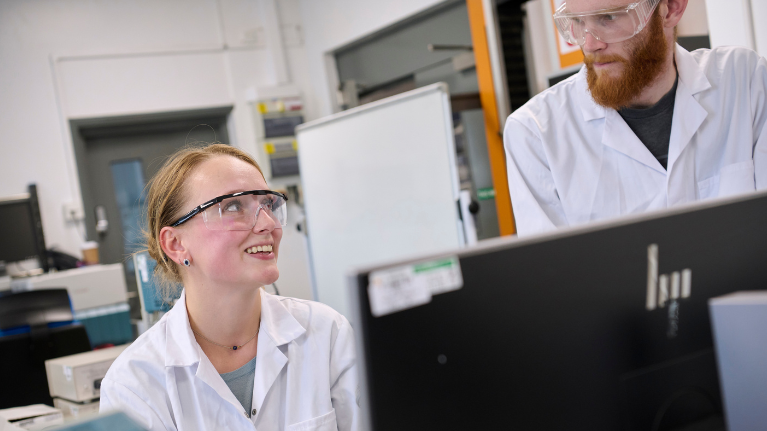
Assessing rebar conditions in structures
summary
The aim of this project is to develop new algorithms and methodologies to assess the conditions of rebar in concrete structures. A particular focus will be placed upon finding new numerical paradigms capable of locating rebar with higher accuracy, as well as estimating rebar dimensions.
About the project
The investigation of rebars in reinforced concrete is a matter of high interest in civil engineering. Reinforced concrete has been widely used for over a century as a high-performance construction material, although it is subject to damage and deterioration for a variety of different and complex reasons.
A large number of tests and routine assessments are usually required for this material. A variety of destructive and non-destructive testing (NDT) methods have been used to identify the specific features of rebars, such as their location, dimension, corrosion and moisture content.
Ground-penetrating radar (GPR) method has proven to be suitable for many of the above application areas. Nevertheless, the reliability of GPR-based algorithms for detecting specific features, such as the location and size of rebars, is still low.
The research project will investigate new algorithms, survey methodologies and numerical paradigms to assess rebar conditions in concrete structures. In more detail, the project will aim to find new numerical paradigms capable of locating rebars with higher accuracy, as well as estimating rebar dimensions.
Impact
Identifying the specific features of concrete rebars, such as their accurate location and size, is a very challenging task in concrete technology applications. Currently, the accurate measurement of these features can be achieved for the most part by destructive testing methods, such as coring or sampling parts of the structures.
Although non-destructive testing methods can provide increasingly reliable results, they are often time-consuming or insufficiently representative of extensive infrastructures. The development of new algorithms to assess critical features in concrete rebars will produce an impact within the current market for concrete investigation.
Viable novel paradigms, together with the high flexibility of GPR, will allow new processes and methodologies in this specific research area.
The research team
- Professor Amir Alani
- Professor Fabio Tosti
Find out more
-
Research Centres and Groups
Find out about our multi-disciplinary areas of expertise, PhD research, and teaching.
-
Research impact
Learn how our PhD research has helped communities locally, nationally and internationally.
-
The Graduate School
If you are interested in studying for a PhD or Professional Doctorate, the Graduate School is here to support your research.





